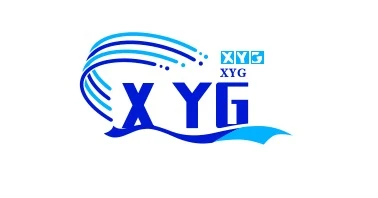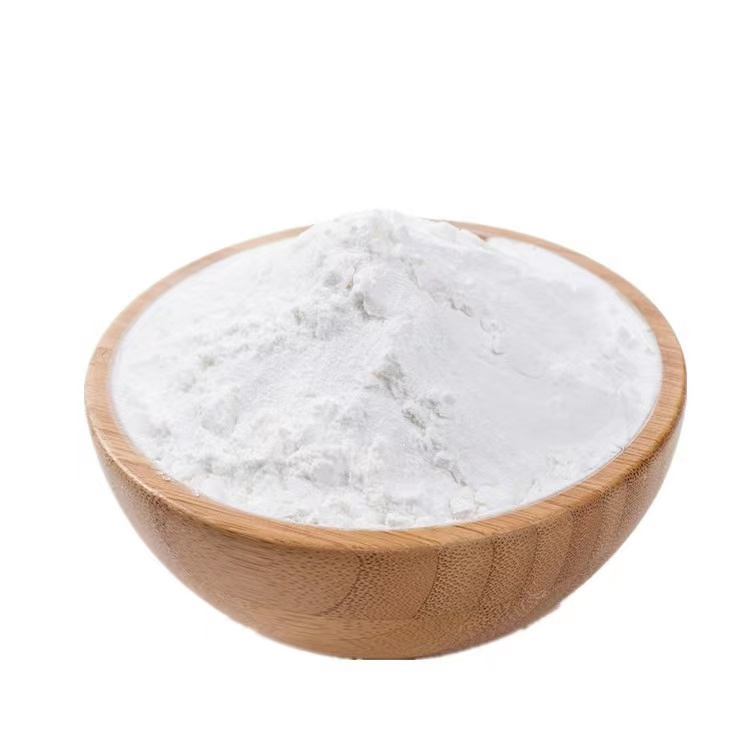Anabolic steroid use can be addictive and, therefore, difficult to stop. There is evidence that more than 50% of users develop psychologic dependence to these substances. Data show that anabolic steroid use in women is accompanied by extreme dissatisfaction with body image and a body dysmorphic syndrome similar to anorexia. Such women engage in rigid eating and exercise schedules that can impair social and occupational functioning 11.
Drug Testing
Although most anabolic steroids can be detected with urine testing kits available commercially, testing for naturally occurring and novel compounds may be difficult. Urine screening for drug use in adolescents without the adolescent’s prior informed consent is not recommended 12.
Treatment
Treatment for anabolic steroid abuse generally involves education, counseling, and management of withdrawal symptoms. Individuals suspected of abusing anabolic steroids should be referred to physicians with experience in this area or to drug treatment centers. Treatment centers may be located through the National Institute on Drug Abuse at http://findtreatment.samhsa.gov.
Recommendations
-
Have information about the risks and deleterious effects of abusing anabolic steroids available to patients, especially teenagers and athletes.
-
Address the use of these substances, encourage cessation, and refer patients to substance abuse treatment centers to prevent the long-term irreversible consequences of anabolic steroid use.


